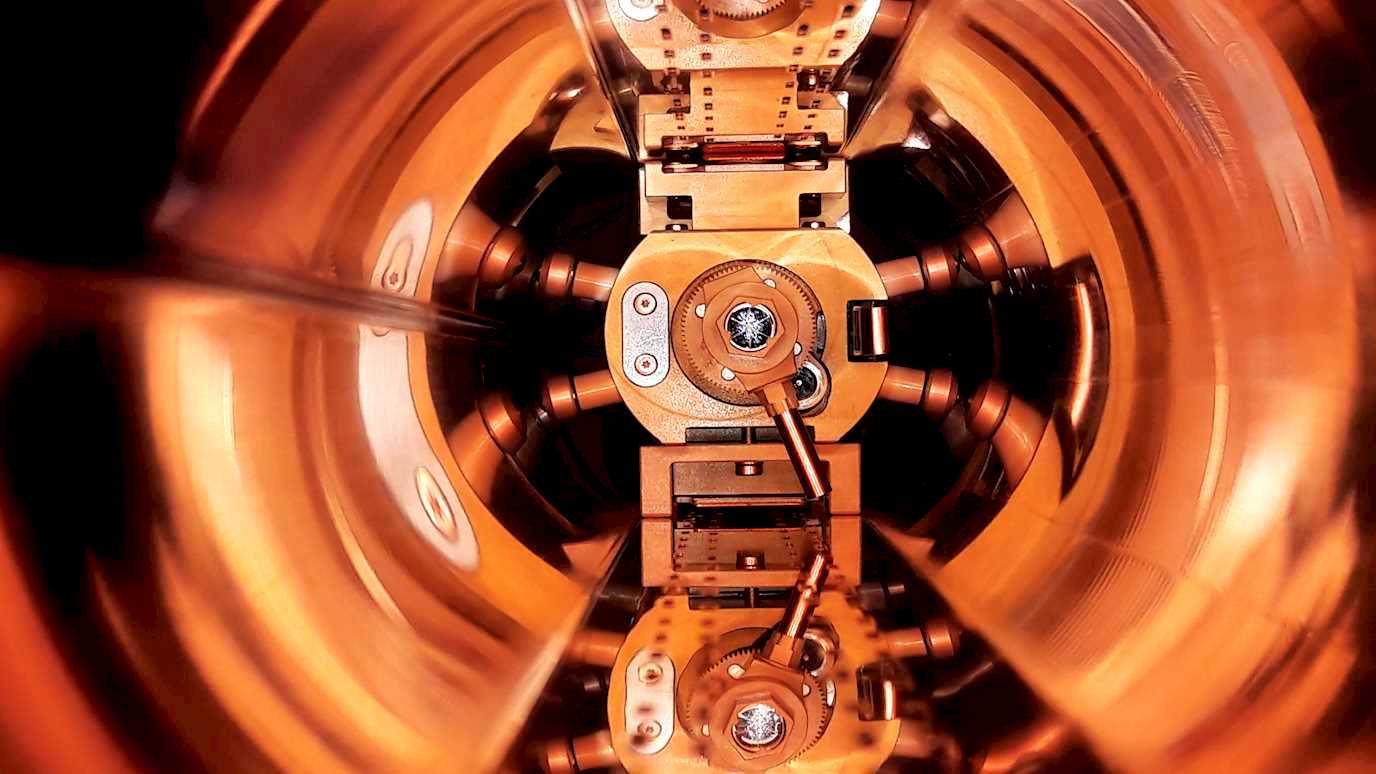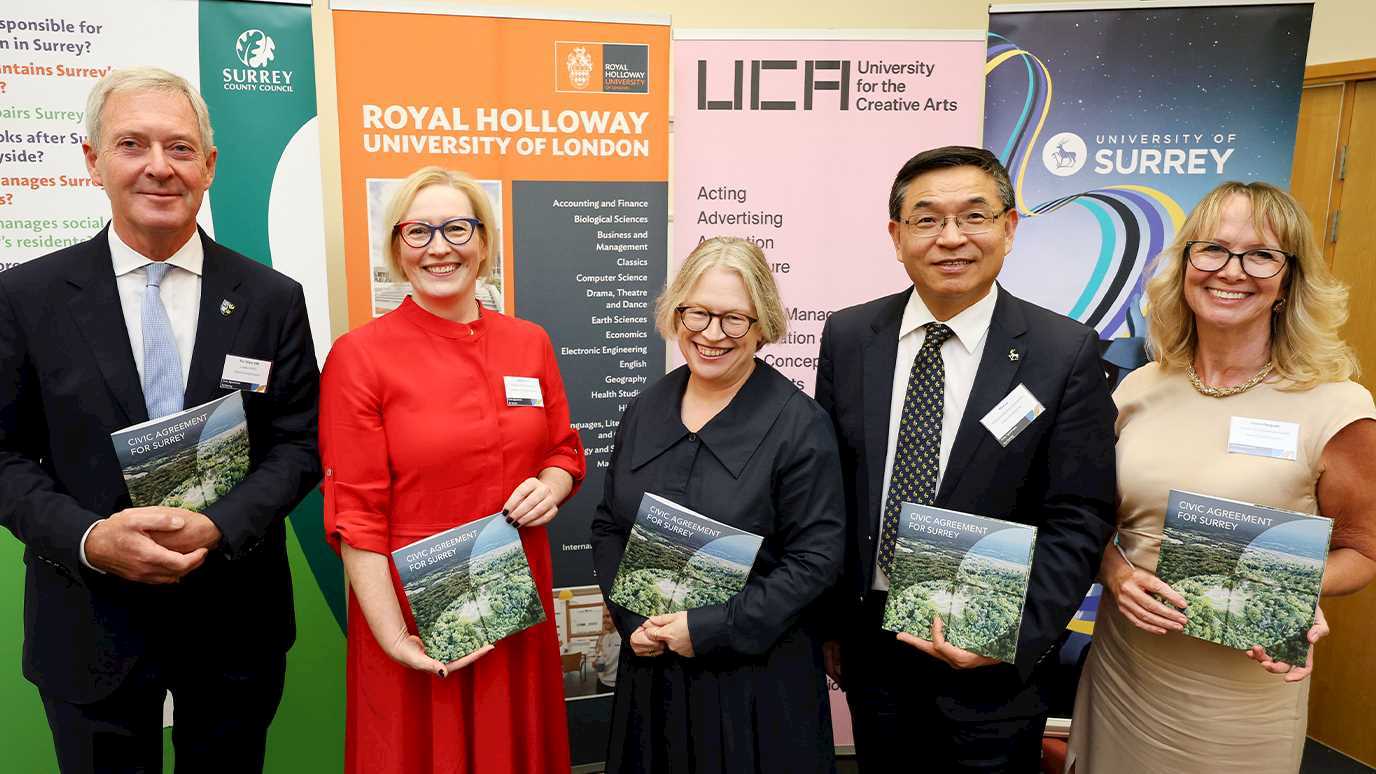Academics at Royal Holloway, University of London are part of a group of scientists, engineers and technicians from the UK to embark on a £26M project to help upgrade the Large Hadron Collider (LHC) at CERN, on the French/Swiss border near Geneva.

Image credit CERN
The project from Royal Holloway’s perspective is led by physicist, Professor Stephen Gibson, from the Department of Physics, as well as Deputy Director of the John Adams Institute for Accelerator Science.
The collaboration is between the Science and Technology Facilities Council (STFC), CERN, the Cockcroft Institute, the John Adams Institute, and eight UK universities, including Royal Holloway.
STFC is contributing £13.05m.
Phase two of the UK project will deliver the final hardware and supporting simulations for the LHC upgrade in five crucial areas.
Stephen Gibson, from Royal Holloway, said: “The Royal Holloway accelerator group are thrilled to be helping CERN upgrade the Large Hadron Collider to increase the collision rate to many billions of proton interactions per second, which will enable incredibly rare and fascinating physics processes to be observed for the first time.
"Within the High Luminosity LHC UK phase 2 project, we're developing exquisite simulations of crystals placed in the particle accelerator, that can efficiently clean and control the proton beams as they travel around the 26.7 km LHC ring.
“We're also designing novel beam diagnostics to measure the precise shape of the relativistic particle bunches as they fly past at 99.999999% the speed of light, just before they collide. This helps to optimise the collision rate that will be crucial for future discoveries.”
The first phase of the project developed and delivered equipment to allow the World’s first demonstration of highly innovative ‘crab cavities’ that enable the LHC’s particle beams to be angled to increase the opportunity for collisions, along with many other machine upgrades and studies.
Visible matter (you, what you see around you, and all the stars and planets in space) makes up just 5% of our Universe. The remaining 95% is thought to be dark matter (27%) and dark energy (68%), but physicists have not yet detected either.
It is hoped that the increased luminosity of HL-LHC will enable researchers to find clues that could solve the mystery of dark matter.
The project will also enable the training of the next generation of scientist and engineers, with many PhD positions and post-doctoral researcher posts. In addition, there will be funding for public engagement activities, including lectures for PhD students and a public lecture series.
























